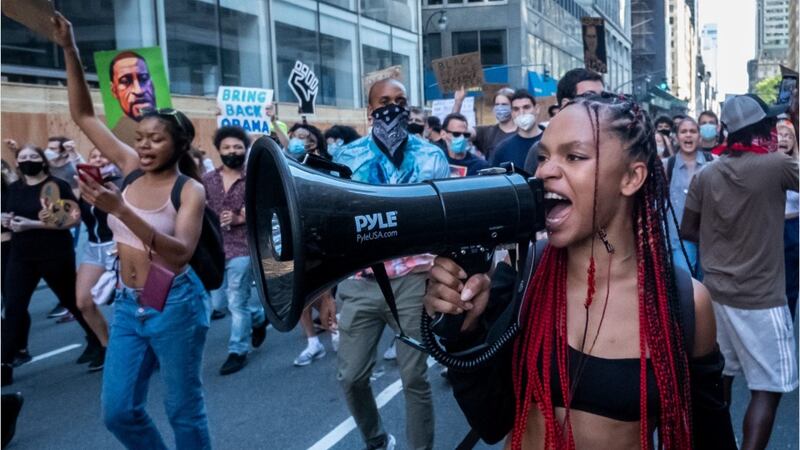You’ve seen videos and photos of tension between protesters and the authorities, but what really speaks volumes is when both groups can come together peacefully.
On Monday in Columbia, South Carolina, the Kershaw County sheriff decided to march side-by-side with protesters.
I’ve been completely disgusted by the whole thing...I’ll agree with you all day long—Officer to protestor in another remarkable exchange pic.twitter.com/nSheq2e1hn
— Mark Becker (@MarkBeckerWSOC9) June 1, 2020
Sheriff Lee Boan talked with demonstrators as they circled the capitol. He said it was crucial for protesters to trust him and his team of deputies.
“The fact that they are willing to come out here and be heard and that they trust us, that we’re not going to come out here and you know start tear gassing out shooting or something like that, you know I think that’s all a good sign,” Boan said.
Columbia Mayor Stephen Benjamin also walked alongside protesters and Monday’s protests remained peaceful.
In Fayetteville, North Carolina, there was a touching moment as police were seen kneeling in solidarity with protesters. And, the moment was not lost on those in the crowd.
News outlets reported police and the crowd of protesters dropped to one knee and it ended with both groups coming together in a powerful moment of understanding.
Charlotte-Mecklenburg police said at times, they have been able to intermingle with demonstrators. The department said officers have enjoyed the opportunity to have peaceful, constructive conversations with the community members.
As an African American woman and a police officer, CMPD Officer Jasmine Nivens can see the hurt from both sides.
“We hurt, and I know that I hurt but to hear the hurt from others, it kind of really opened my eyes,” Nivens said.
Lt. Steve Fishbach leads a team of eight officers who volunteered to have difficult conversations with demonstrators.
“We believe in this mission that, ‘Hey, let’s get out with the protesters -- people who have real concerns and let them know that we are here to listen to them,’" Fishbach said.
Over the last four nights, they've heard a lot and not all of it has been easy to listen to.
“I’ve been asked, ‘Can I have a hug?’ Because they want to feel heard, and I think that is one the main points,” Nivens said. “They just want to feel someone is listening.”
© 2020 Cox Media Group









